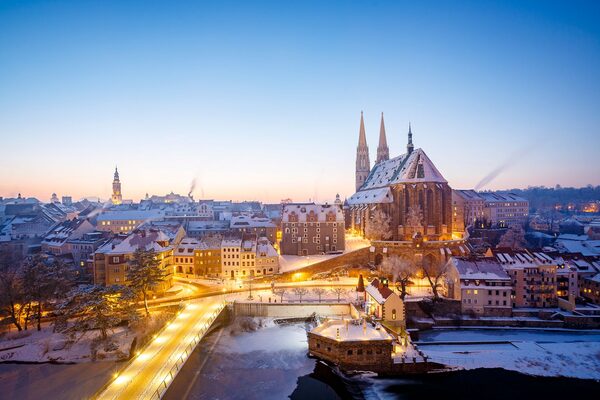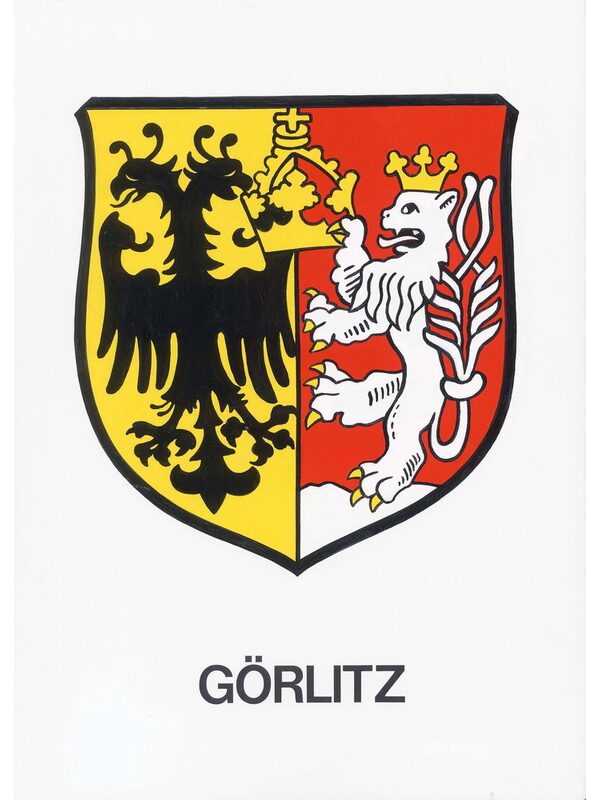Görlitz
The aim of the town twinning between Wiesbaden and Görlitz, which was signed in 1990, was to contribute to peaceful and liberal development in Europe with a partnership between two inner-German cities.
Worth knowing
At the end of the 1980s, the desire arose in Wiesbaden to contribute to peaceful and liberal development in Europe by twinning two German cities. On July 1, 1990, the mayors of the two cities initialed the twinning agreement.
With 56,000 inhabitants, 4,000 cultural and architectural monuments and an elevation of 200 meters above sea level, Germany's easternmost city presents itself as a place worth living in.
A packed calendar of events makes Görlitz the cultural center of the region and attracts thousands of visitors to the city on the Neisse every year. Highlights include the Silesian Night Reading, the Görlitz Organ Night, the Jazz Days, the Summer Theatre, the European Marathon, the Fête de la musique, the Silesian Tippelmarkt, the ViaThea, the Old Town/Jakuby Festival, the Focus Festival and the Silesian Christmas Market.
The sights of the twin city of Görlitz are strung together in the city center like pearls on a string. Around 4,000 monuments and buildings from all stylistic periods - Gothic, Renaissance, Baroque, Wilhelminian style and Art Nouveau - can be admired. The city's image is characterized by the Kaisertrutz, Reichenbach Tower, Upper and Lower Market, Whispering Arch, Town Hall, Hall Houses, Waidhaus, Thick Tower, St. Peter and Paul Church, Municipal Theatre, Biblical House, Art Nouveau department store, the Post Office Square with the "Muschel-Minna" and the railroad station building, bringing to life the long history of the city of Görlitz, which was first mentioned in documents in 1071. The more than 500-year-old "Holy Sepulchre" is considered to be the world's most faithful copy of the Holy Sepulchre in Jerusalem.
The Görlitz city park is ideal for long walks. It is also home to the Meridian Stone, which marks the 15th degree of longitude where Central European Time is determined. (opens in a new tab)
Further information
Gölitz coat of arms
The town of Görlitz bears the coat of arms granted by Emperor Sigismund on August 29, 1433, as a sign of his recognition of Görlitz's service in the Hussite War:
The shield is divided. The golden field on the left shows a double-headed black eagle, while on the right a white/silver double-tailed lion with a golden crown, golden claws and a blue tongue stands on a white piece in the red field. The lion holds with his right foot, the eagle with his beak a golden imperial crown, which is half in the golden, half in the red field. The shield bears a silver helmet with a red eagle's flight and red and white helmet covers, in the eagle's flight is again the white/silver crowned lion of the left half of the shield. The eagle's flight and helmet covers are strewn with golden lime leaves.

